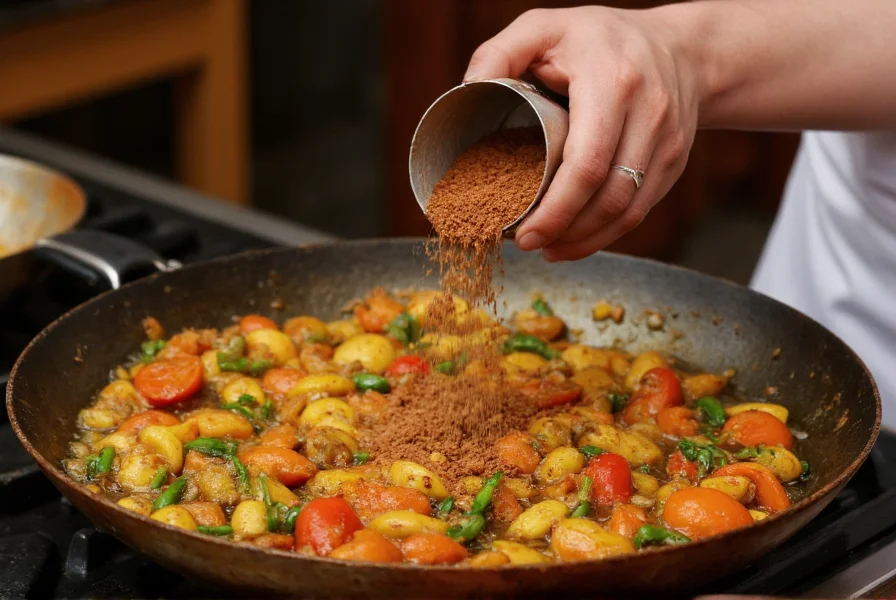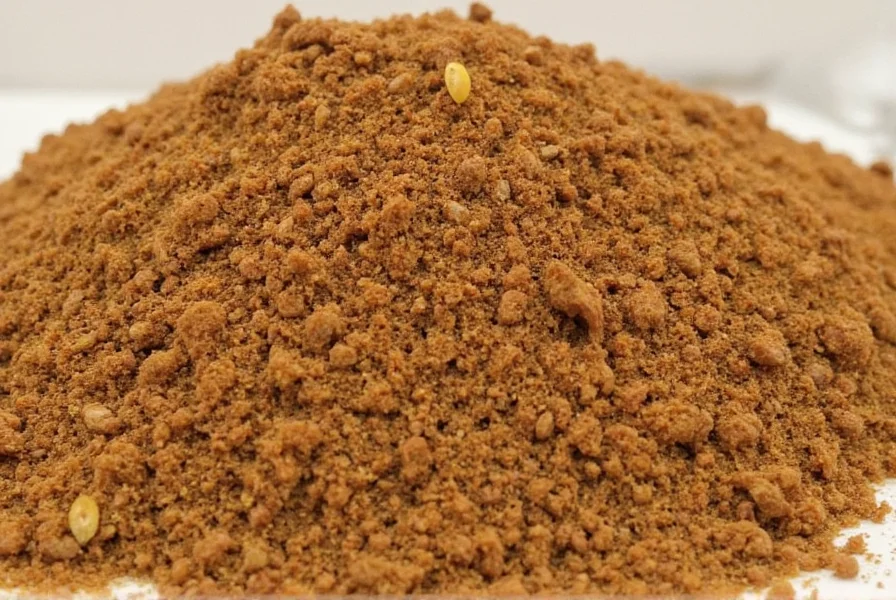Asafoetida, scientifically known as Ferula assa-foetida, has been used for millennia across Middle Eastern and South Asian cuisines and traditional medicine systems. This resinous gum comes from several species of the Ferula plant, a giant fennel relative that grows wild in arid regions of Iran and Afghanistan. Harvesters make incisions in the plant's roots, collecting the milky sap that hardens into a brittle resin when exposed to air.
Historical Journey of Asafoetida
Traders introduced asafoetida to India around the 6th century CE, where it quickly became indispensable in vegetarian cooking. Ancient Ayurvedic texts document its medicinal properties, while Persian and Greek physicians prescribed it for digestive issues and respiratory ailments. The spice's journey along the Silk Road made it valuable enough to be traded weight-for-weight with gold in some regions.
Why the Unpleasant Nickname?
The moniker 'devil's dung' perfectly captures asafoetida's most striking characteristic: its powerful, unpleasant odor in raw form. This smell comes from its high concentration of sulfur compounds, particularly disulfides and trisulfides. When exposed to heat during cooking, these compounds transform, creating complex savory flavors similar to garlic and onion. This chemical transformation explains why cooks add just a pinch to dishes—the smell dissipates while the flavor enhances.
| Asafoetida Form | Characteristics | Best Uses | Storage Duration |
|---|---|---|---|
| Raw resin (hing) | Hard amber chunks, strongest aroma | Traditional preparation methods | Indefinite when properly stored |
| Lump form | Moderate potency, easy to measure | Dal, lentil dishes | 1-2 years |
| Powdered (most common) | Mixed with rice flour (80-90%), milder | Everyday cooking, tempering | 6-12 months |
| Asafoetida water | Liquid extract, convenient | Quick recipes, precise measurement | 6 months after opening |
Culinary Applications and Techniques
Chefs value asafoetida for its ability to mimic onion and garlic flavors, making it essential in Jain and certain Hindu dietary practices that avoid these ingredients. When using asafoetida powder vs resin difference matters—raw resin requires careful preparation by dissolving in water, while powdered forms (typically mixed with rice flour to reduce potency) can be added directly during tempering.
The proper technique for how to use asafoetida in indian recipes involves adding it to hot oil at the beginning of cooking. This 'tadka' or tempering process allows the volatile compounds to transform, eliminating the unpleasant odor while developing complex flavors. Just 1/8 to 1/4 teaspoon suffices for most dishes—excessive use creates bitterness.

Health Benefits Supported by Research
Modern science validates many traditional asafoetida health benefits and uses. Studies show its anti-inflammatory properties may help with digestive issues, while its antispasmodic effects can relieve intestinal cramps. The spice contains compounds that may help regulate blood sugar and reduce flatulence—explaining its traditional use in bean and lentil dishes.
Research published in the Journal of Ethnopharmacology confirms asafoetida's antimicrobial properties, supporting its historical use as a preservative. However, those with bleeding disorders should consult doctors before consuming therapeutic amounts, as it may affect blood clotting.
Practical Usage Guide
Proper storage maintains potency—keep asafoetida in an airtight container away from light and moisture. The resin form lasts indefinitely when stored properly, while powdered versions gradually lose potency over 6-12 months. For those wondering does asafoetida smell bad when cooked, the answer is no—the transformation during heating eliminates the offensive odor.
When substituting asafoetida, consider the dish's requirements. For substitute for asafoetida in recipes, try a combination of garlic powder and onion powder (1:1 ratio) for non-religious contexts, or fenugreek seeds for similar digestive benefits. However, no substitute perfectly replicates asafoetida's unique flavor profile and functional properties.

Common Misconceptions
Many believe asafoetida's strong smell indicates poor quality, but the opposite is true—fresh, potent asafoetida has a more pronounced odor. Another misconception is that it's merely a garlic substitute; in reality, it serves distinct functional roles in cooking beyond flavor, including reducing gas from legumes.
Understanding why is asafoetida called devil's dung helps appreciate this culinary treasure. The nickname reflects historical perceptions of its raw state, not its cooked application. This transformation from 'devil's dung' to culinary essential represents one of cooking's most remarkable chemical alchemies.
Frequently Asked Questions
Why does asafoetida smell so bad in its raw form?
Raw asafoetida contains high levels of sulfur compounds, particularly disulfides and trisulfides, which produce a strong odor resembling rotten eggs or sulfur. This smell dissipates completely when cooked, transforming into savory umami flavors.
Can I use asafoetida if I'm following a garlic and onion-free diet?
Yes, asafoetida is traditionally used in Jain cuisine and certain Hindu dietary practices that avoid onion and garlic. It provides similar savory depth without violating these dietary restrictions, making it essential for many vegetarian dishes.
How much asafoetida should I use in recipes?
Use sparingly—a pinch (about 1/8 to 1/4 teaspoon) of powdered asafoetida suffices for most dishes serving 4-6 people. Too much creates bitterness. Add it to hot oil at the beginning of cooking for proper flavor development without the unpleasant raw odor.
Is asafoetida safe for children and pregnant women?
In culinary amounts used in cooking, asafoetida is generally considered safe for children and pregnant women. However, therapeutic doses or medicinal use should be avoided during pregnancy without medical consultation, as high amounts may stimulate uterine contractions.
What's the difference between asafoetida powder and resin?
Raw resin is pure asafoetida sap that requires dissolving in water before use. Powdered asafoetida typically contains 80-90% rice flour mixed with the resin, making it milder and easier to use. The resin form is more potent and has longer shelf life, while powder offers convenience for everyday cooking.











 浙公网安备
33010002000092号
浙公网安备
33010002000092号 浙B2-20120091-4
浙B2-20120091-4